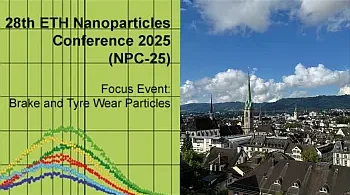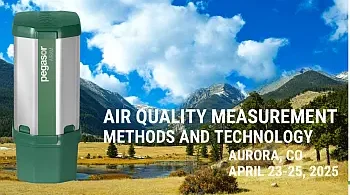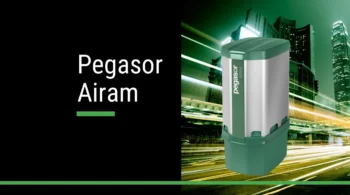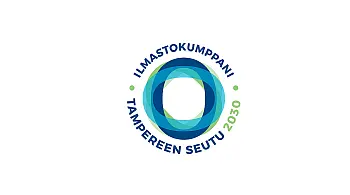News
Dr. Erkka Saukko the new CTO of Pegasor
Dr. Erkka Saukko has been promoted as our new Chief Technology Officer. Erkka received his PhD in...
CEM 2025 – See You in Ljubljana This Septem...
Pegasor will be taking part in CEM 2025, the Conference and Exhibition on Emissions and Air Quality...
Pegasor Website Now Available in Six Language...
We’re happy to share that the Pegasor website is now accessible in six languages:English,...
Pegasor Website Now Live in German
We’re happy to share that the Pegasor website is now also available in German. This addition...
Pegasor to exhibit at ETH Nanoparticles Confe...
Pegasor will be exhibiting at the ETH Nanoparticles Conference in Zürich, taking place on June...
Pegasor Website in Italian
We are pleased to announce that the Pegasor website is now available also in Italian. This new...
Join Our Webinar: Ultrafine Particle Monitori...
We are excited to invite you to our upcoming pegasor webinar on ultrafine particle (UFP)...
Pegasor at the 2025 AWMA Measurement Conferen...
Pegasor will be participating in the upcoming 2025 Air Quality Measurement Methods and Technology...
Pegasor Collaborates on UNIC Project on Aviat...
We are proud to announce our participation in the European Union’s UNIC project, Understanding...
Introducing the New Pegasor Airam
We are proud to present the redesigned Pegasor Airam UFP monitor, a testament to our commitment to...
Holiday closure
The holiday season is here, and we at Pegasor are getting into the festive spirit! We want to let...
New EU Air Quality Directive Strengthens UFP ...
The European Union has officially adopted its new Air Quality Directive, introducing stricter...
The New EU Air Quality Directive Comes Into F...
Today marks a pivotal milestone in environmental legislation as the new EU Air Quality Directive...
Pegasor joins climate partnership program
We are proud to announce that Pegasor has joined the Tampere Region Climate Partnership Program!...













